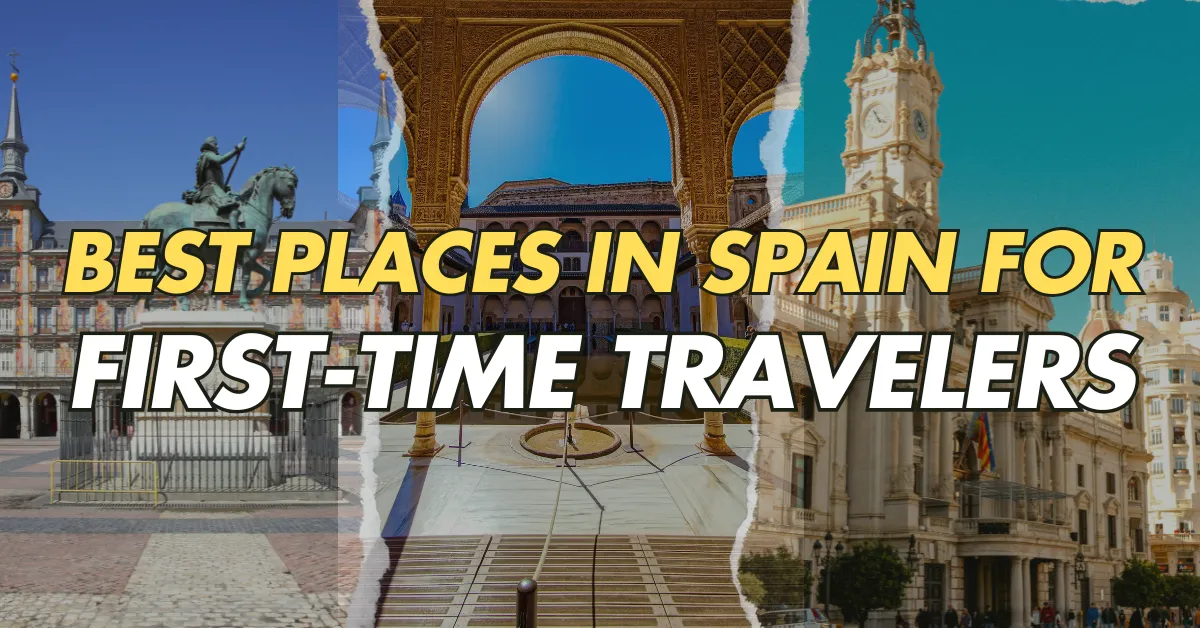Spain is a treasure trove of vibrant cultures, stunning landscapes, and historical gems. For first-time travelers, it offers a variety of unforgettable experiences.
Imagine strolling through ancient streets, tasting delicious tapas, and soaking in the sun on golden beaches. Spain has it all. From bustling cities to charming villages, there’s something for everyone.
Whether you crave adventure or relaxation, Spain’s diverse regions cater to all tastes.
This guide will help you discover the best places in Spain, ensuring your first visit is memorable. Prepare to be amazed by Spain’s rich history, welcoming people, and breathtaking scenery. Ready to explore?
Let’s dive into the top destinations that will make your Spanish adventure truly special.
Top Cities To Explore
Spain offers a rich tapestry of experiences for first-time travelers. The country is known for its stunning architecture, delicious cuisine, and vibrant festivals.
Among the myriad of destinations, two cities stand out for their unique charm and attractions: Barcelona and Madrid. These top cities are perfect for exploring Spain’s diverse culture and history.
Barcelona’s Vibrant Culture
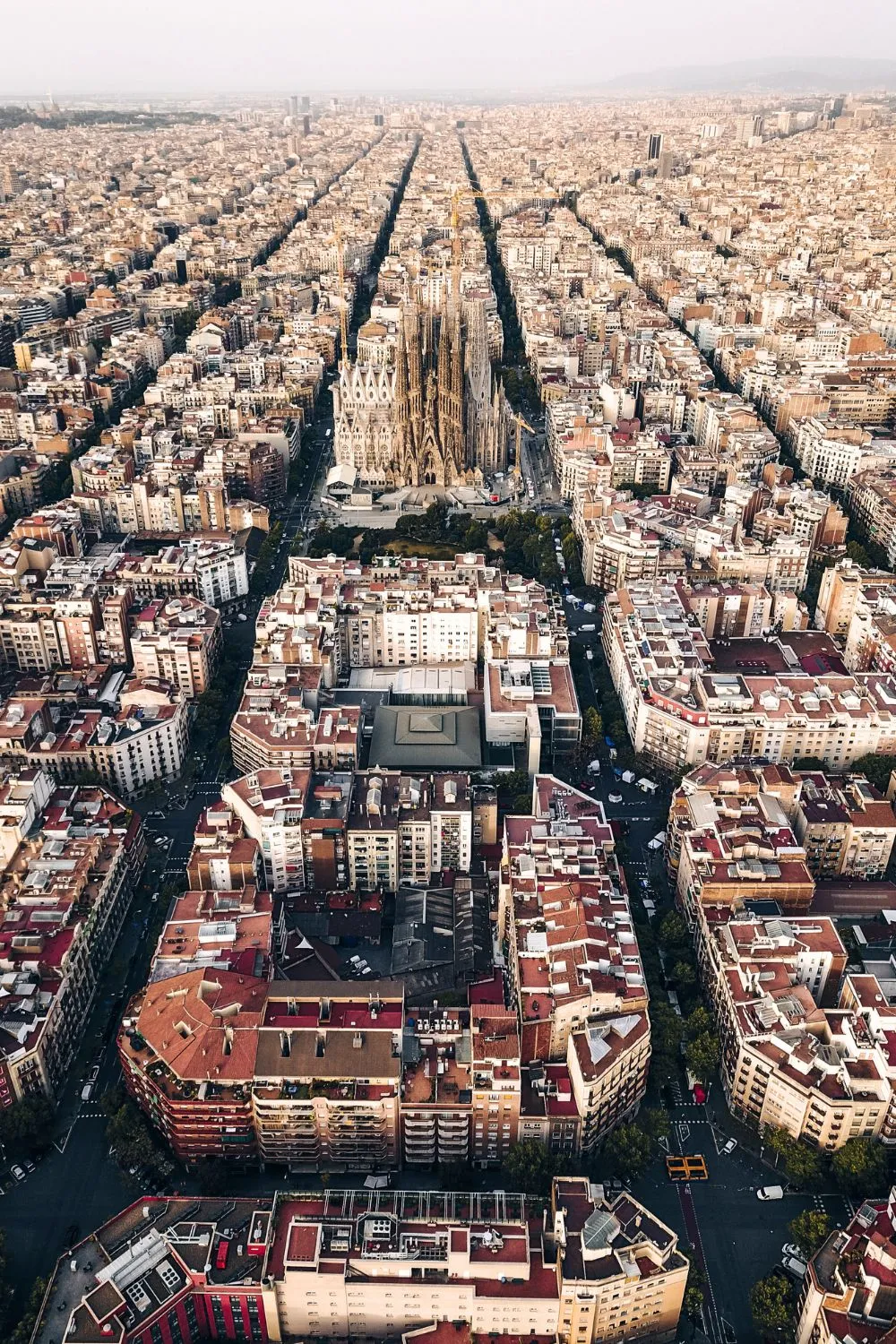
Barcelona is a city that pulses with energy and creativity. It is famous for its unique architecture and lively atmosphere. When exploring this vibrant city, there are several must-see attractions:
- Sagrada Familia: Gaudí’s masterpiece, an iconic basilica with intricate designs.
- Park Güell: A colorful park with stunning views and whimsical structures.
- La Rambla: A bustling street filled with shops, cafes, and street performers.
- Barceloneta Beach: Perfect for relaxing and enjoying the Mediterranean Sea.
Barcelona’s culture is also reflected in its food. The city’s culinary scene is dynamic and diverse. Tapas bars and seafood restaurants are abundant. Here’s a quick guide to some popular dishes:
| Dish | Description |
|---|---|
| Paella | A rice dish with seafood and saffron. |
| Patatas Bravas | Fried potatoes with spicy sauce. |
| Churros | Fried dough pastry, often dipped in chocolate. |
Don’t miss the vibrant nightlife in Barcelona. The city comes alive after dark with numerous bars, clubs, and live music venues.
Whether enjoying a quiet evening at a beachside bar or dancing the night away in a trendy club, Barcelona offers endless entertainment options.
Madrid’s Art And History
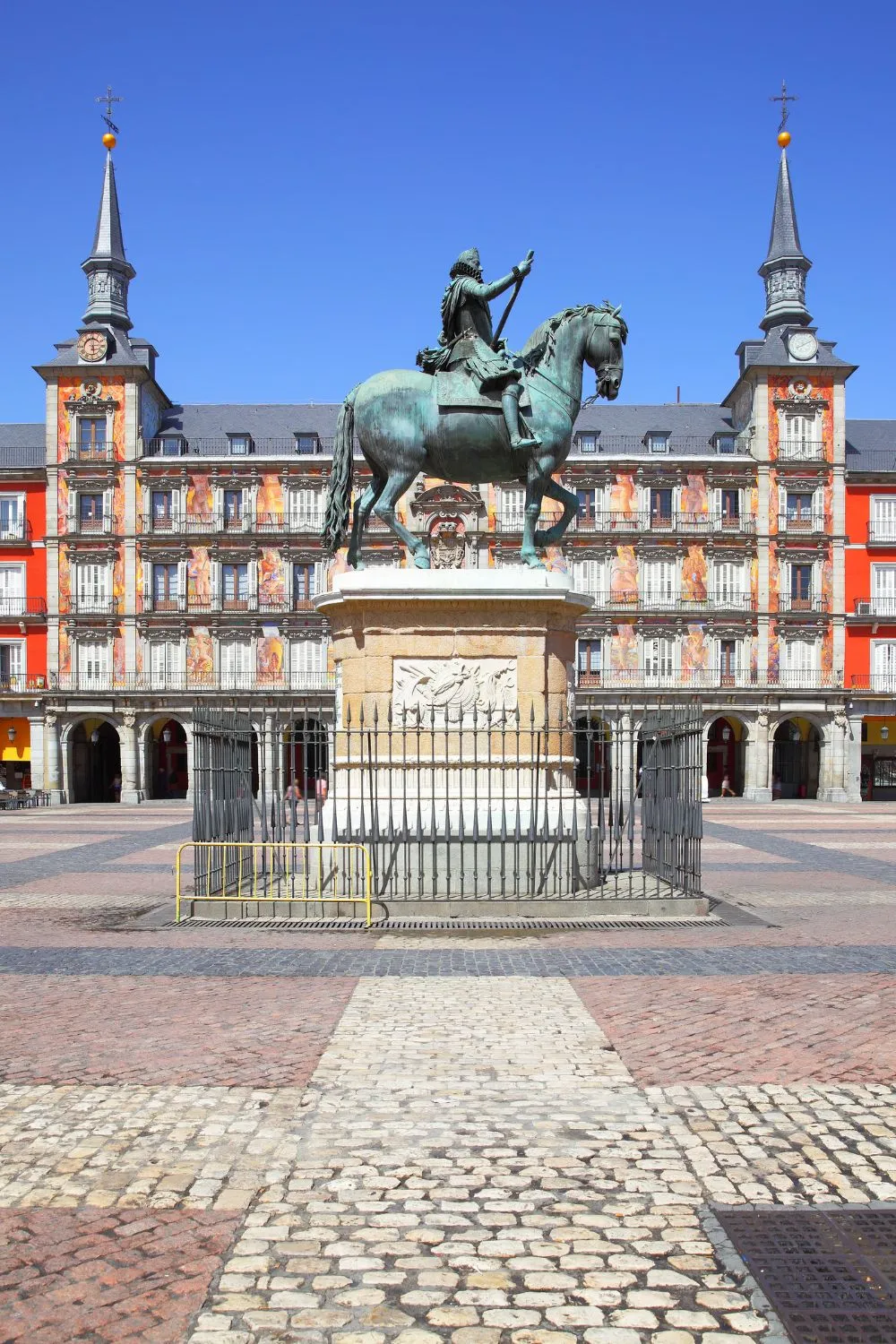
Madrid, Spain’s capital, is a city steeped in history and art. It’s home to world-class museums and historical sites. Here are some key attractions:
- Prado Museum: Houses masterpieces by Velázquez, Goya, and El Greco.
- Royal Palace: A grand palace with opulent rooms and beautiful gardens.
- Retiro Park: A vast green space with a lake, perfect for relaxation.
- Plaza Mayor: A historic square surrounded by stunning architecture.
Madrid’s art scene is not limited to museums. The city has vibrant street art and numerous galleries. It’s a haven for art lovers and history buffs. Here’s a brief look at some of Madrid’s cultural highlights:
| Attraction | Highlight |
|---|---|
| Thyssen-Bornemisza Museum | Diverse art collection spanning different periods. |
| Gran Via | Madrid’s Broadway, packed with theatres and cinemas. |
| Temple of Debod | An ancient Egyptian temple in the heart of Madrid. |
Madrid also offers a rich culinary experience. Traditional dishes like Cocido Madrileño and Tortilla Española are a must-try. The city’s markets, such as Mercado de San Miguel, offer a taste of local flavors and fresh produce.
Madrid’s vibrant culture and historical depth make it a perfect destination for first-time travelers.
Stunning Coastal Destinations
Spain offers a mosaic of rich culture, historic landmarks, and breathtaking landscapes. First-time travelers are often drawn to its stunning coastal destinations.
These areas provide a perfect mix of relaxation, adventure, and traditional Spanish charm. The sparkling beaches, vibrant nightlife, and picturesque views make them ideal for anyone exploring Spain for the first time.
Beach Life In Costa Del Sol
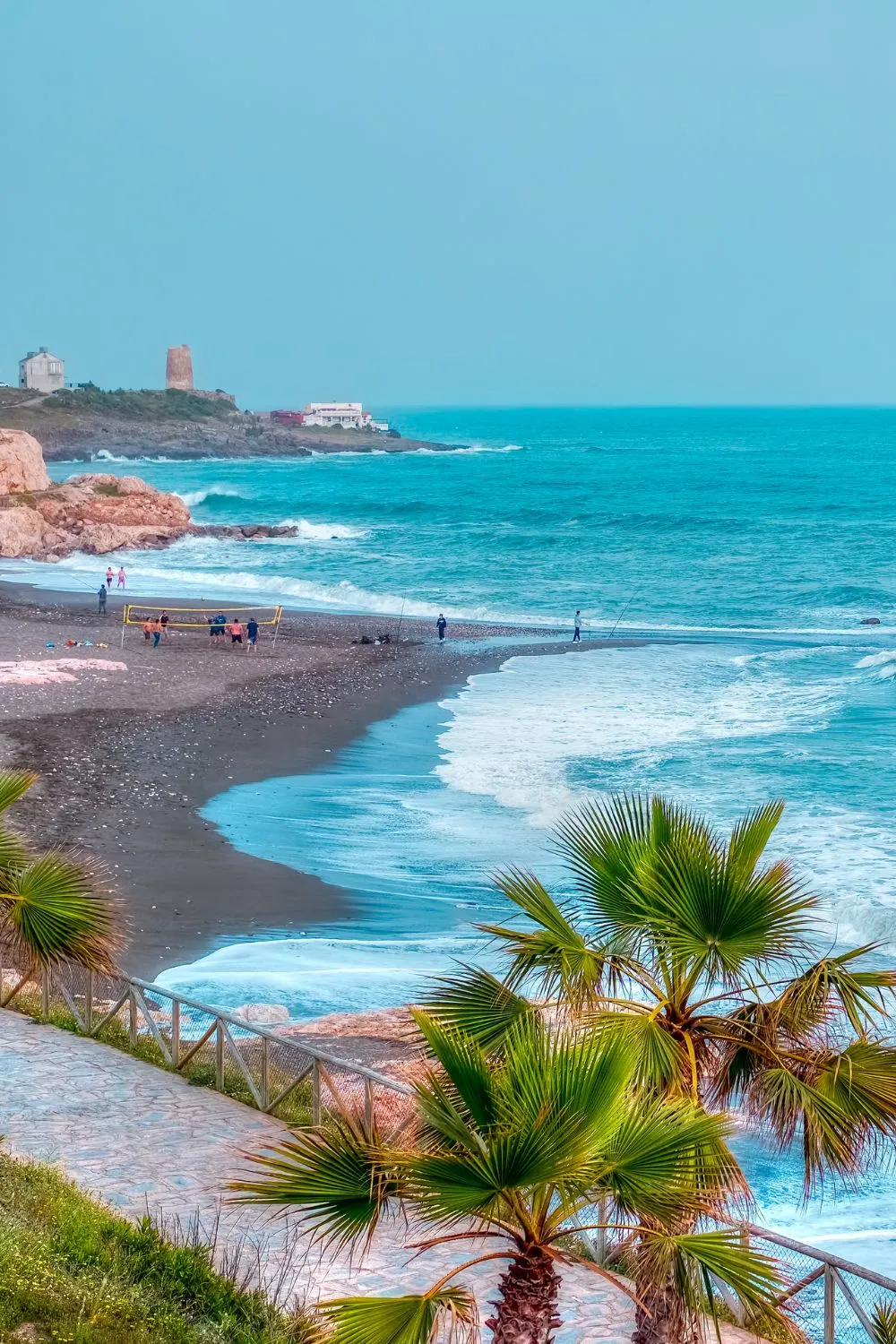
Costa del Sol is famous for its sun-kissed beaches and lively atmosphere.
This region stretches over 150 kilometers along the Mediterranean coast. Golden sands meet clear waters, creating a paradise for beach enthusiasts.
What makes Costa del Sol unique?
- Wide variety of beaches: From bustling tourist spots to hidden coves.
- Rich cultural experiences: Explore Andalusian architecture and local traditions.
- Exciting water sports: Try surfing, paddleboarding, or jet skiing.
Beyond beach activities, Costa del Sol offers vibrant nightlife and culinary delights. Enjoy fresh seafood at beachfront restaurants. Or visit the lively bars and clubs in Marbella.
Consider visiting these popular beaches:
| Beach Name | Highlights |
|---|---|
| Playa de la Malagueta | Urban beach with convenient amenities. |
| Playa de Burriana | Perfect for families, with water sports facilities. |
| Playa de Calahonda | Scenic views and tranquil waters. |
Charming Shores Of Valencia
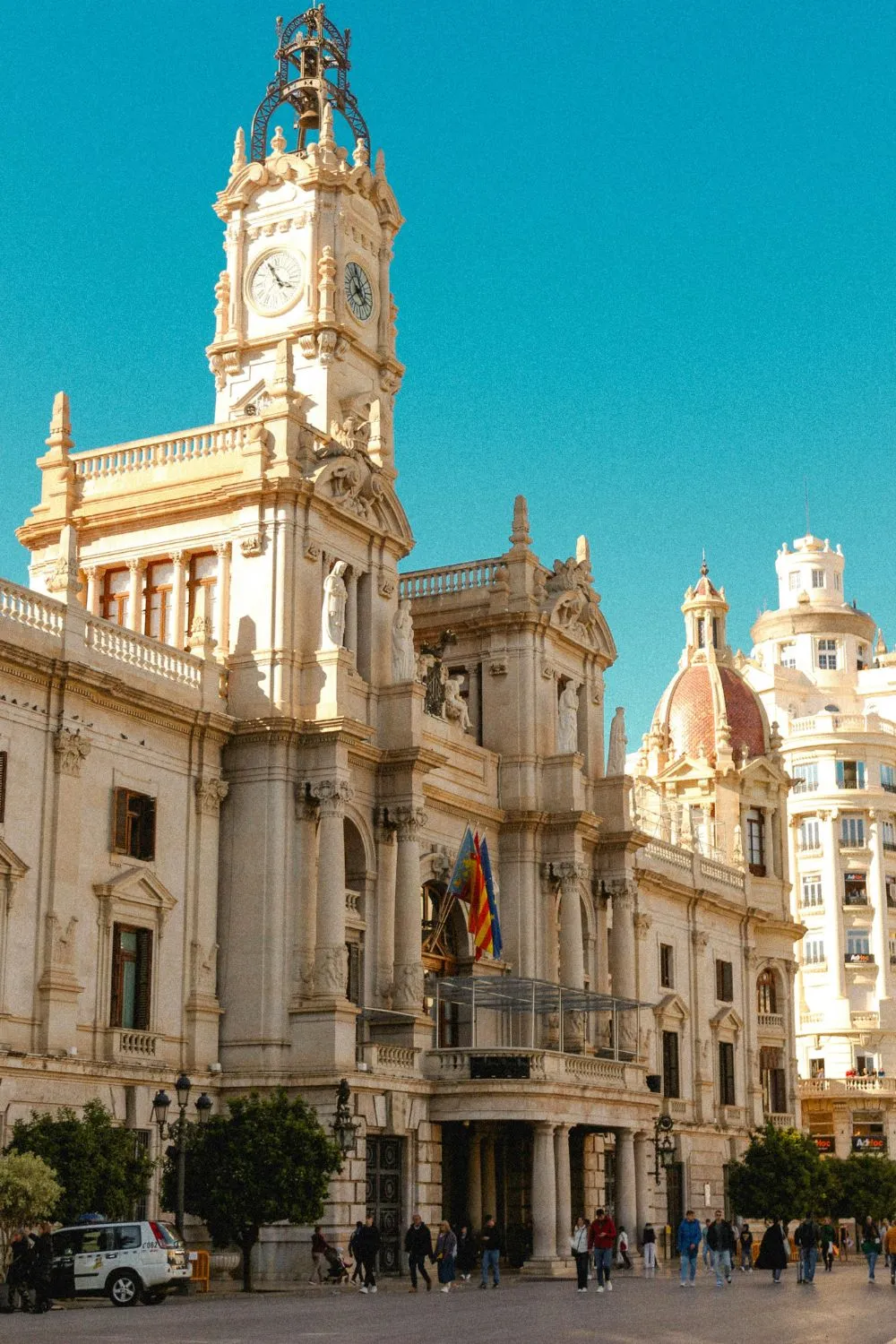
Valencia’s coastline offers a blend of modern attractions and natural beauty. It boasts some of Spain’s most stunning beaches.
This city provides a perfect getaway for first-time travelers seeking both relaxation and adventure.
Why visit Valencia?
- Beautiful beaches: Enjoy sunbathing or swimming in pristine waters.
- Cultural richness: Discover local festivals and unique architecture.
- Gastronomic experiences: Savor the famous paella and fresh seafood.
Valencia is more than just beaches. The City of Arts and Sciences offers incredible architecture and engaging exhibits. The lively city center is filled with shops, cafes, and historical sites.
Popular beaches in Valencia include:
- Playa de la Malvarrosa: A bustling beach with a lively promenade.
- Playa de las Arenas: Known for its wide sandy shore and family-friendly atmosphere.
- Playa de El Saler: Offers natural beauty and tranquil surroundings.
Valencia’s charming shores create memorable experiences for travelers. From its vibrant city life to serene beach settings, it is a must-visit destination.
Historical Sites To Visit
Spain is a land of diverse cultures, stunning landscapes, and rich history. For first-time travelers, exploring Spain’s historical sites offers a glimpse into its fascinating past.
From ancient Moorish architecture to iconic modernist structures, each site tells a unique story. Embark on a journey through time and uncover the historical treasures that await in this captivating country.
Alhambra: A Moorish Marvel
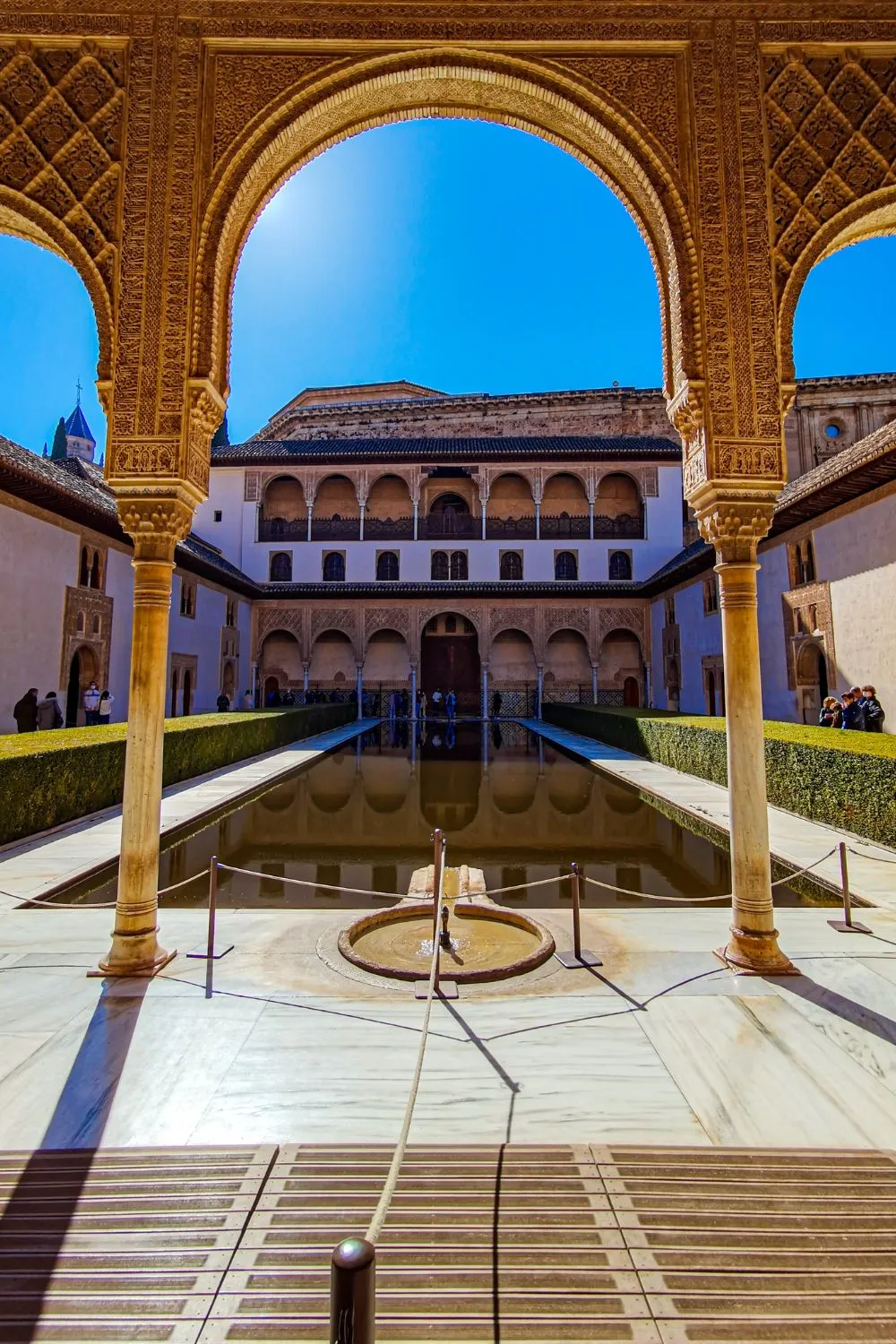
The Alhambra in Granada is a testament to the grandeur of Moorish architecture. This fortified palace complex mesmerizes visitors with its intricate designs and breathtaking views.
Built in the mid-13th century, it showcases the splendor of the Nasrid Dynasty.
- Architecture: The Alhambra’s architecture is a blend of Moorish and Renaissance styles.
- Gardens: The Generalife gardens offer tranquil beauty and stunning vistas.
- History: Once a royal palace, it now stands as a symbol of Spain’s Islamic heritage.
Visitors can wander through the exquisite courtyards and ornate rooms, each adorned with intricate carvings and decorative tiles.
The Patio de los Leones is a highlight, featuring marble columns and a central fountain surrounded by twelve lion statues.
| Features | Description |
|---|---|
| Location | Granada, Andalusia |
| Construction | 13th – 14th Century |
| Style | Moorish Architecture |
Exploring the Alhambra is like stepping back in time. The intricate details and historical significance make it a must-visit site for anyone seeking to understand Spain’s rich heritage.
Sagrada Familia: Gaudí’s Masterpiece

In Barcelona, the Sagrada Familia stands as a testament to architectural innovation. Designed by Antoni Gaudí, this basilica is a masterpiece of modernism.
Its construction began in 1882 and continues to this day, making it a living work of art.
- Design: Gaudí’s vision combines Gothic and Art Nouveau styles.
- Interior: The interior boasts stunning stained glass windows.
- Symbolism: Every element of the design has symbolic meaning.
The Sagrada Familia is renowned for its unique facades, each depicting different scenes from Christ’s life. The Nativity façade is a favorite, showcasing intricate sculptures that narrate the birth of Jesus.
| Features | Description |
|---|---|
| Location | Barcelona, Catalonia |
| Construction | 1882 – Present |
| Style | Modernism |
Inside, the basilica is a marvel of light and color. The columns mimic trees, creating a forest-like ambiance. Visitors are captivated by the blend of tradition and creativity.
Discovering the Sagrada Familia offers insight into Gaudí’s genius and the vibrancy of Spanish culture.
Culinary Adventures
Spain is a treasure trove for food enthusiasts, especially first-time travelers. Culinary adventures in Spain promise a feast for the senses.
From the vibrant streets of Seville to the coastal charm of Valencia, the country’s diverse cuisine is a journey in itself. Let’s dive into some must-try experiences.
Tapas In Seville
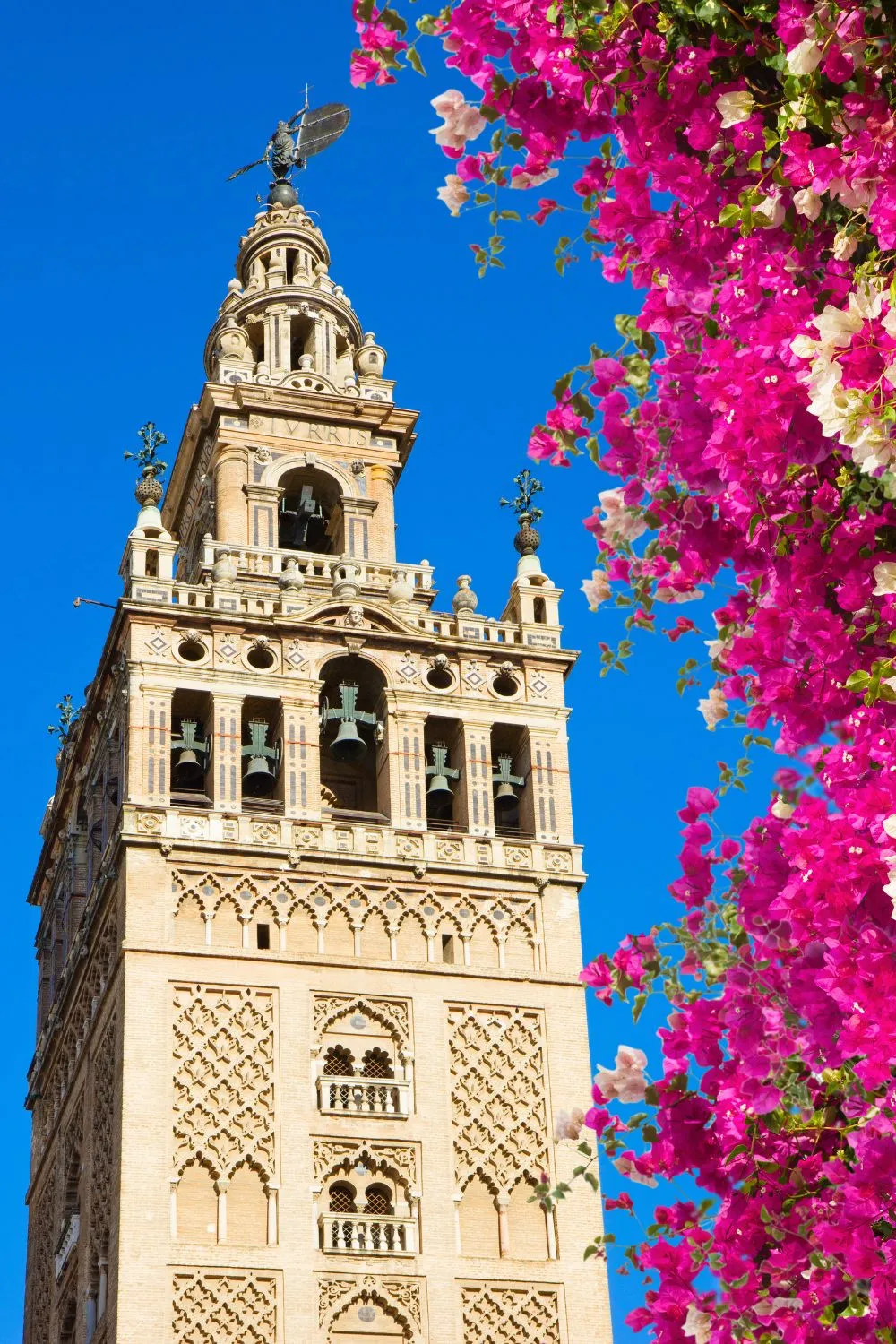
Seville, the heart of Andalusia, is renowned for its tapas. These small, flavorful dishes capture the essence of Spanish cuisine. Walking through the narrow streets, you can find countless bars offering a variety of tapas.
Each bar has its own specialties, making it a delightful culinary exploration.
Here are some popular tapas you must try in Seville:
- Patatas Bravas: Fried potatoes topped with a spicy tomato sauce.
- Jamón Ibérico: Cured ham, a delicacy that’s rich in flavor.
- Tortilla Española: Spanish omelet made with potatoes and onions.
- Gambas al Ajillo: Shrimp cooked in garlic and olive oil.
Seville’s tapas culture is not just about the food but also the experience. Locals often hop from one bar to another, enjoying a drink and a tapa at each stop. This tradition is known as “tapeo.”
It’s a social affair, perfect for mingling and experiencing the local lifestyle.
For a more immersive experience, consider joining a tapas tour. These tours guide you through the best tapas bars, offering insights into the history and preparation of each dish.
Here’s a quick comparison of some top tapas bars in Seville:
| Bar Name | Specialty | Location |
|---|---|---|
| El Rinconcillo | Spinach with Chickpeas | Calle Gerona |
| La Azotea | Grilled Octopus | Calle Zaragoza |
| Bar Alfalfa | Salmorejo | Calle Candilejo |
Paella In Valencia

Valencia, the birthplace of paella, offers a unique culinary experience. This iconic dish is a must-try for any first-time traveler.
Traditional paella is cooked in a wide, shallow pan and features a variety of ingredients, including rice, saffron, and meats or seafood.
Here are some types of paella you can enjoy in Valencia:
- Paella Valenciana: Made with chicken, rabbit, and green beans.
- Seafood Paella: Includes shrimp, mussels, and squid.
- Vegetarian Paella: Packed with seasonal vegetables.
Experiencing paella in Valencia is best done at the beachside restaurants. The combination of fresh sea breeze and authentic flavors makes it a memorable meal.
Many restaurants offer paella for lunch, as it is traditionally a midday dish.
For a deeper understanding, you can join a paella cooking class. These classes teach you the art of making paella from scratch. You’ll learn about the importance of each ingredient and the techniques to perfect this dish.
Here’s a quick guide to some popular paella restaurants in Valencia:
| Restaurant Name | Specialty | Location |
|---|---|---|
| La Pepica | Seafood Paella | Paseo Neptuno |
| Casa Roberto | Paella Valenciana | Calle Maestro Gozalbo |
| La Marcelina | Mixed Paella | Paseo de Neptuno |
Valencia’s paella is more than just a meal. It’s a cultural experience that connects you to the city’s heritage. Don’t miss the chance to savor this iconic dish.
Festivals And Events
Spain is a treasure trove for first-time travelers, offering a rich blend of history, culture, and natural beauty. One of the most compelling reasons to visit Spain is its vibrant festivals and events.
These celebrations offer a unique glimpse into Spanish traditions, and they are a fantastic way to experience the country’s lively spirit.
In this section, we will explore two of the most famous festivals in Spain: La Tomatina in Buñol and the Running of the Bulls in Pamplona.
La Tomatina In Buñol
La Tomatina is one of Spain’s most famous festivals, held annually in the small town of Buñol. This event is a massive tomato fight that attracts thousands of participants from around the world.
It usually takes place on the last Wednesday of August.
The festival starts with a “palo jabón,” a greasy pole with a ham at the top. Participants try to climb the pole to reach the ham. Once someone gets the ham, the tomato fight begins.
Trucks filled with ripe tomatoes arrive, and the fun starts. Here are some key points about La Tomatina:
- Date: Last Wednesday of August
- Location: Buñol, Valencia
- Duration: Approximately one hour
- Participants: Around 20,000 people
- Requirements: Tickets are required for entry
Participants should wear old clothes because they will get stained. Goggles are also a good idea to protect your eyes.
After the tomato fight, the streets are hosed down, and participants can clean up in the nearby river or public showers.
La Tomatina is not just about the tomato fight. The town of Buñol also offers music, parades, dancing, and fireworks throughout the week. It’s a unique experience that shouldn’t be missed.
Running Of The Bulls In Pamplona
The Running of the Bulls is another world-famous Spanish festival held in Pamplona. This event is part of the San Fermín festival, which takes place every year from July 6th to 14th.
The highlight is the daily bull run, known as “encierro.”
During the bull run, participants run in front of six bulls and six steers through the streets of Pamplona. The run covers a distance of 875 meters and ends at the bullring. Key details about the Running of the Bulls include:
- Date: July 7th to 14th
- Location: Pamplona, Navarra
- Duration: Each run lasts about 3-4 minutes
- Participants: Thousands of runners and spectators
- Requirements: Must be over 18 and in good physical condition
Participants need to be cautious as the run can be dangerous. Wearing the traditional white outfit with a red scarf is customary. The event starts at 8:00 AM each day, and runners should arrive early to secure a good spot.
Besides the bull run, the San Fermín festival includes parades, music, dance, and religious ceremonies. The entire city of Pamplona comes alive with festivities, making it an incredible cultural experience.
Whether you are participating or just watching, the Running of the Bulls is an unforgettable event that offers a deep dive into Spanish culture and tradition.
Natural Wonders
Spain is a treasure trove of natural wonders that amaze first-time travelers. From towering mountains to lush forests, Spain offers incredible landscapes that captivate the heart and soul.
Let’s explore some of the best places in Spain for those seeking natural beauty.
Sierra Nevada Mountains
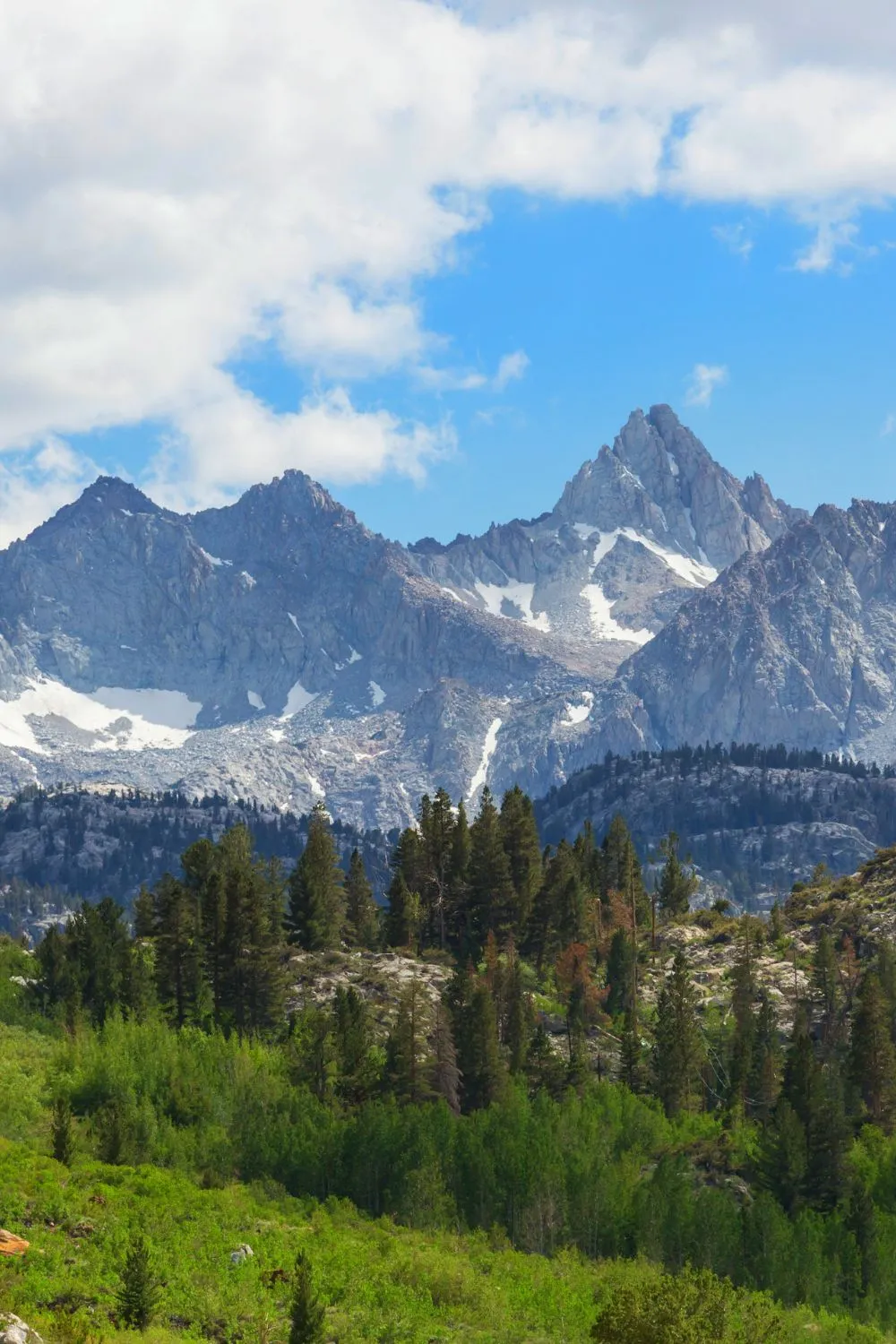
The Sierra Nevada Mountains are a must-visit for nature lovers. Located in the region of Andalusia, these mountains offer stunning views and diverse activities.
Why Visit Sierra Nevada?
- The highest peak in continental Spain, Mulhacén.
- Skiing and snowboarding during winter.
- Hiking trails for all levels.
For ski enthusiasts, the Sierra Nevada Ski Resort is a top destination. It boasts over 100 km of ski slopes. If you visit in summer, you can explore vibrant meadows and see rare wildlife.
The picturesque villages of Sierra Nevada are rich in culture. Alpujarras, a series of small villages, is known for its unique architecture and local crafts. You can enjoy traditional Spanish cuisine while taking in panoramic views.
Activities in Sierra Nevada:
| Activity | Description |
|---|---|
| Hiking | Trails ranging from easy to challenging. |
| Wildlife Watching | Spot ibex, eagles, and unique flora. |
| Skiing | Extensive ski slopes and facilities. |
Picos De Europa National Park
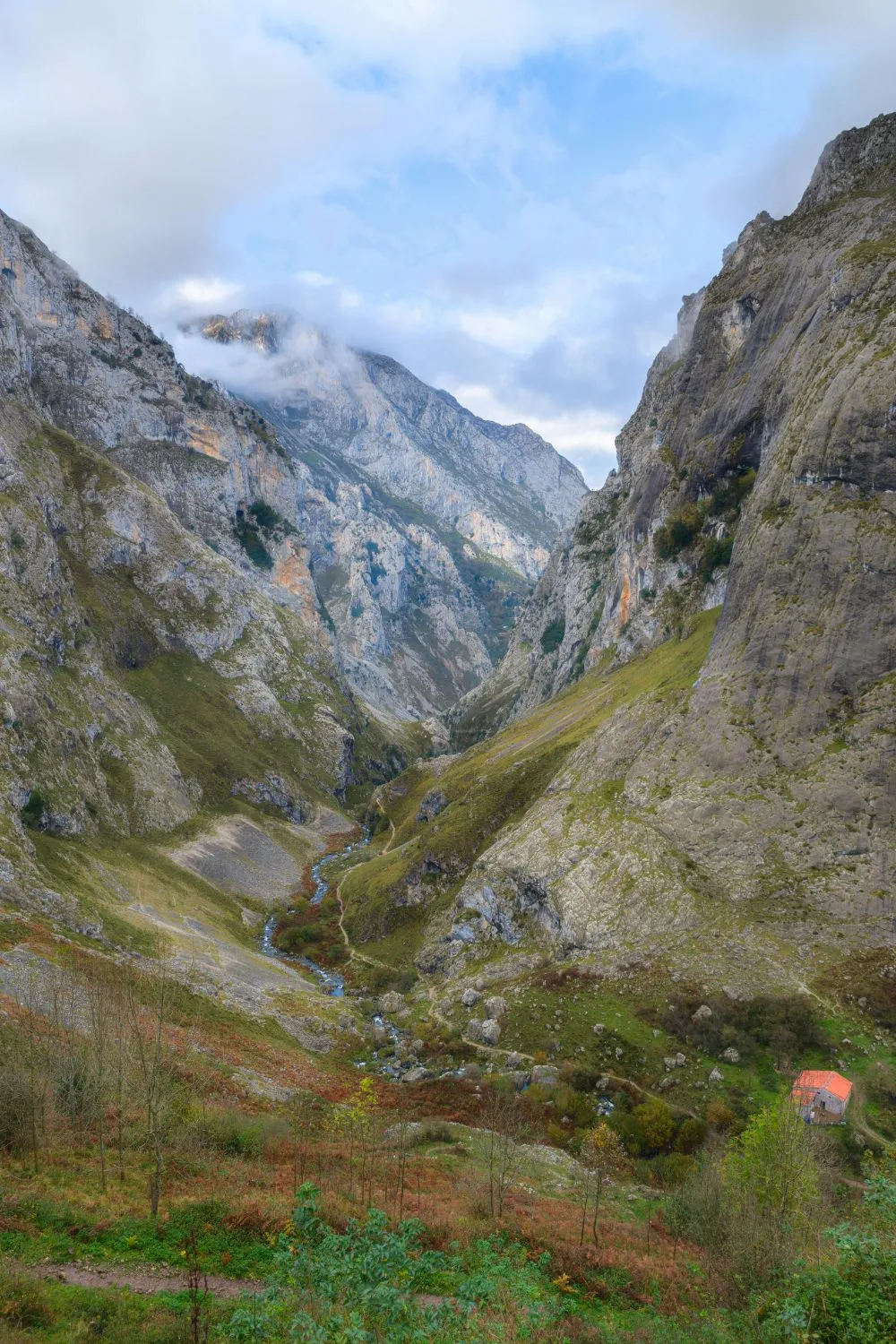
Picos de Europa National Park is another stunning destination in Spain. Located in the Cantabrian Mountains, it offers dramatic landscapes and rich biodiversity.
Why Visit Picos de Europa?
- Impressive limestone peaks.
- Lush green valleys and gorges.
- Rare wildlife and bird species.
The park is ideal for outdoor activities. You can hike through deep gorges like Cares Gorge, which offers breathtaking views. There are numerous trails that cater to different skill levels.
In addition to natural beauty, Picos de Europa is home to charming villages. Covadonga is a historical site with a beautiful basilica and lake. You can explore local culture and history while enjoying the serene environment.
Activities in Picos de Europa:
| Activity | Description |
|---|---|
| Hiking | Explore trails with stunning views. |
| Bird Watching | Spot rare species like the golden eagle. |
| Climbing | Challenge yourself with limestone peaks. |
Whether you’re a first-time traveler or a seasoned explorer, Spain’s natural wonders promise unforgettable experiences.
Local Customs And Etiquette
Spain is a wonderful destination for first-time travelers. Its vibrant culture, delicious food, and stunning landscapes make it an unforgettable experience.
Understanding local customs and etiquette is essential to fully enjoy your visit and connect with the locals.
Dining Etiquette
Dining in Spain is a unique experience. Meals are more than just food; they are a time for socializing and enjoying life. Here are some key points to keep in mind:
- Meal Times: Lunch is usually served between 2 PM and 4 PM, and dinner is typically from 9 PM to 11 PM.
- Small Bites: Tapas are small dishes shared with friends. It’s common to order several and share.
- Table Manners: When dining, keep your hands visible but not on your lap. It is polite to wait for everyone to be served before starting to eat.
| Do’s | Don’ts |
|---|---|
| Try a bit of everything offered. | Do not start eating before the host. |
| Compliment the food. | Do not rush through your meal. |
| Join in the conversation. | Do not leave the table until everyone is finished. |
Remember, dining is a social event. Engaging in light conversation is encouraged. Complimenting the chef or host is always appreciated.
Siesta Culture
The siesta is a well-known Spanish tradition. It is a period of rest in the afternoon, usually from 2 PM to 5 PM. During this time, many shops and businesses close so people can relax.
Understanding the siesta can enhance your travel experience.
- Rest Time: Use this time to rest, enjoy a leisurely lunch, or explore quieter areas.
- Shop Hours: Plan your shopping and activities around the siesta. Most shops reopen around 5 PM and stay open until 8 PM or later.
- Social Norms: It’s a good idea to avoid calling or visiting locals during siesta hours. Respect their rest time.
The siesta helps people recharge, especially during the hot summer months. Embrace this pace of life and enjoy a slower, more relaxed afternoon. It’s part of what makes Spain unique and charming.
Travel Tips For First-timers
Spain is a beautiful country with so much to offer. For first-time travelers, it can be a bit overwhelming. To help you make the most of your trip, here are some essential travel tips.
These tips will ensure you have a smooth and enjoyable experience in Spain.
Best Times To Visit
Spain has a varied climate, so the best time to visit can depend on your destination. Here are some suggestions:
- Spring (March to May): This is one of the best times to visit Spain. The weather is mild and pleasant, perfect for sightseeing and outdoor activities. Popular cities like Madrid and Barcelona are less crowded.
- Summer (June to August): Summer is great for beach lovers. The coastal areas such as Costa del Sol and the Balearic Islands are ideal during this time. However, it can get very hot in inland cities.
- Autumn (September to November): Fall is another excellent time to visit. The weather is still warm, and the summer crowds have thinned. It’s an ideal time for visiting cultural sites and enjoying the local cuisine.
- Winter (December to February): Winter in Spain is mild compared to other European countries. Southern Spain and the Canary Islands are great winter destinations. You can also experience unique festivals and events during this time.
Here’s a table summarizing the best times to visit different regions in Spain:
| Season | Best For |
|---|---|
| Spring | City Tours, Outdoor Activities |
| Summer | Beaches, Coastal Areas |
| Autumn | Culture, Cuisine |
| Winter | Festivals, Mild Weather |
Getting Around In Spain
Traveling around Spain is convenient and offers many options. Here are some tips for getting around:
- Trains: Spain has a well-connected train network. The high-speed AVE trains are fast and comfortable for long distances. You can travel from Madrid to Barcelona in just 2.5 hours.
- Buses: Buses are a budget-friendly option. They connect smaller towns and cities. Companies like Alsa and Avanza provide frequent services.
- Car Rentals: Renting a car offers flexibility, especially for exploring rural areas. Make sure to have a valid driving license and be aware of local driving rules.
- Metro and Trams: Major cities like Madrid, Barcelona, and Valencia have extensive metro and tram systems. They are efficient for getting around the city.
- Taxis and Ride-Sharing: Taxis are widely available, and apps like Uber and Cabify operate in many cities. They are convenient for short trips.
Here’s a table summarizing the main transport options in Spain:
| Mode of Transport | Best For |
|---|---|
| Trains | Long-Distance Travel |
| Buses | Budget Travel, Smaller Towns |
| Car Rentals | Flexibility, Rural Areas |
| Metro/Trams | City Travel |
| Taxis/Ride-Sharing | Short Trips, Convenience |
By following these tips, you can navigate Spain with ease and make the most of your trip.
Frequently Asked Questions
What Part Of Spain Is Best For First Time Visitors?
Barcelona is ideal for first-time visitors. It offers stunning architecture, vibrant culture, and beautiful beaches. Madrid, Spain’s capital, is also a great option with rich history and world-class museums.
What Is The 100 Rule In Spain?
The 100 rule in Spain requires residents to report any foreign assets exceeding €50,000. This includes bank accounts, investments, and property.
What’s The Prettiest Place In Spain?
The Alhambra in Granada is considered the prettiest place in Spain. Its stunning architecture and lush gardens attract visitors worldwide.
How Many Days In Spain Is Enough?
Seven to ten days in Spain offers a good balance. You can explore major cities like Madrid, Barcelona, and Seville. Enjoy cultural experiences, historic sites, and local cuisine.
This duration allows time to relax and experience Spain’s diverse regions. Adjust based on your interests and itinerary.
Conclusion
Spain offers unforgettable experiences for first-time travelers. Its diverse culture, rich history, and vibrant cities make it a must-visit destination.
From the bustling streets of Barcelona to the serene beaches of Costa del Sol, there’s something for everyone. Don’t miss the architectural wonders of Madrid or the charming streets of Seville.
Spain’s unique blend of tradition and modernity creates an inviting atmosphere. Your adventure awaits in this beautiful country. Pack your bags and start exploring Spain’s best places today.
Your journey will be filled with memories to cherish forever. Safe travels!

